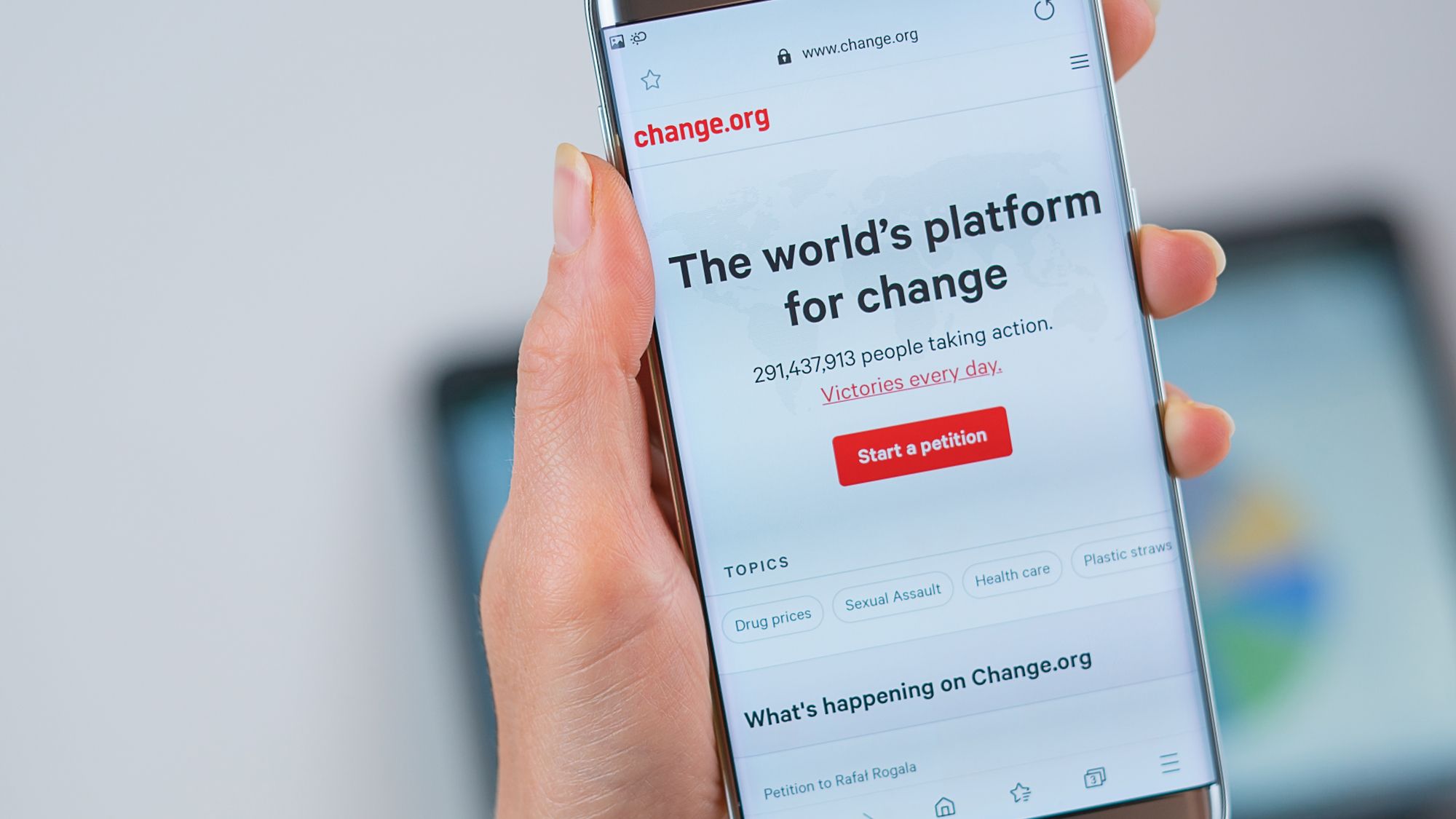An online petition is often filled in through a form on a website, where protestors write down personal details including their names, place of work and email addresses, alongside their signatures. Its easy accessibility allows people to create petitions and protest against any cause, irrespective of how petty or serious it may be. While some take online petitions very seriously, arguing that it is a faster way to get a certain message across to more people in less amount of time, critics refer to it as Slacktivism – the practice of supporting a political or social cause through social media platforms including the likes of Facebook, Twitter and Instagram, or online petitions. Opposers of digital activism feel this kind of campaigning does not foster change but just provides a sense of satisfaction to the person signing the document, who may feel good about contributing in some way. In a nutshell, while some believe online petitions can work wonders in this technologically driven world, others beg to differ.
Digital activism and the act of starting online petitions has increased by a great extent with websites such as Change.org, Avaaz.org, and 38 Degrees popping up in the recent past. However, those who are against online petitions feel that if signers don’t use real names, it undermines the legitimacy of the cause one is fighting for. People in favour of online petitions argue that some sites now demand a thorough check, requiring protest groups to present petition signatures, plus their printed name and a way to verify the signature (either with a phone number, driver’s license or a passport) to ensure that the signature is not fake. Some legitimate non-governmental organizations (NGOs) reject online petitions because they feel they don’t meet an objective and are nothing but a waste of time. The Joint United Nations Programme on HIV/AIDS describes Slacktivism by saying it, “posits that people who support a cause by performing simple measures are not truly engaged or devoted to making a change.”
Expert Opinion
For some, petitions are a “tactic” that have been used in many successful campaigns over the past. The only difference is that they are now online instead of the age-old tradition of clipboard-bearers collecting signatures and handing them over to legislators. Dave Karpf, a professor at George Washington University and author of The MoveOn Effect: The Unexpected Transformation of American Political Advocacy, says online petitions are an early-stage political tactic that help build a broader campaign and serve a number of purposes, reported billmoyers.com. According to him, they can send a signal of public opinion to a decision maker, they can tell the media there is enough public attention to do a story, they can build a list of people who are interested in an issue and they can spur additional action and raise money. “Those petitions alone were not going to achieve change, but they were a useful first step,” says Karpf. “In the current digital moment, e-petitions allow us to collect signatures more quickly and spread information faster.”
Online Petition To Remove Amber Heard From Aquaman Films Hits 1 Million Signatures
Knowledgeable organizations that kickstart online petitions will have what digital campaigners refer to as the credible “Theory of Change.” “Signing a petition to end nuclear war or to solve climate change is pointless,” says Jason Mogus, a strategist and founder of NetChange Consulting. He believes that while an experienced organization will “anchor its work with a petition, it is then up to the campaigner to design a strategy.” Mogus stated a strategy needs to be directed towards a clear target such as a person, government or company and should have a clear action it wants the target to take. He recommends knowing and researching on who is sponsoring an online petition and deciding whether the organization is legitimate or not, before signing the petition. “It’s good to be suspicious A lot of petitions don’t ever get delivered to anyone,” he adds. Karpf notes that while some petitions don’t stand a chance of changing the world, it feels good to sign them – something he refers to as the “Theory of Awesome.”

